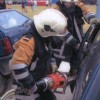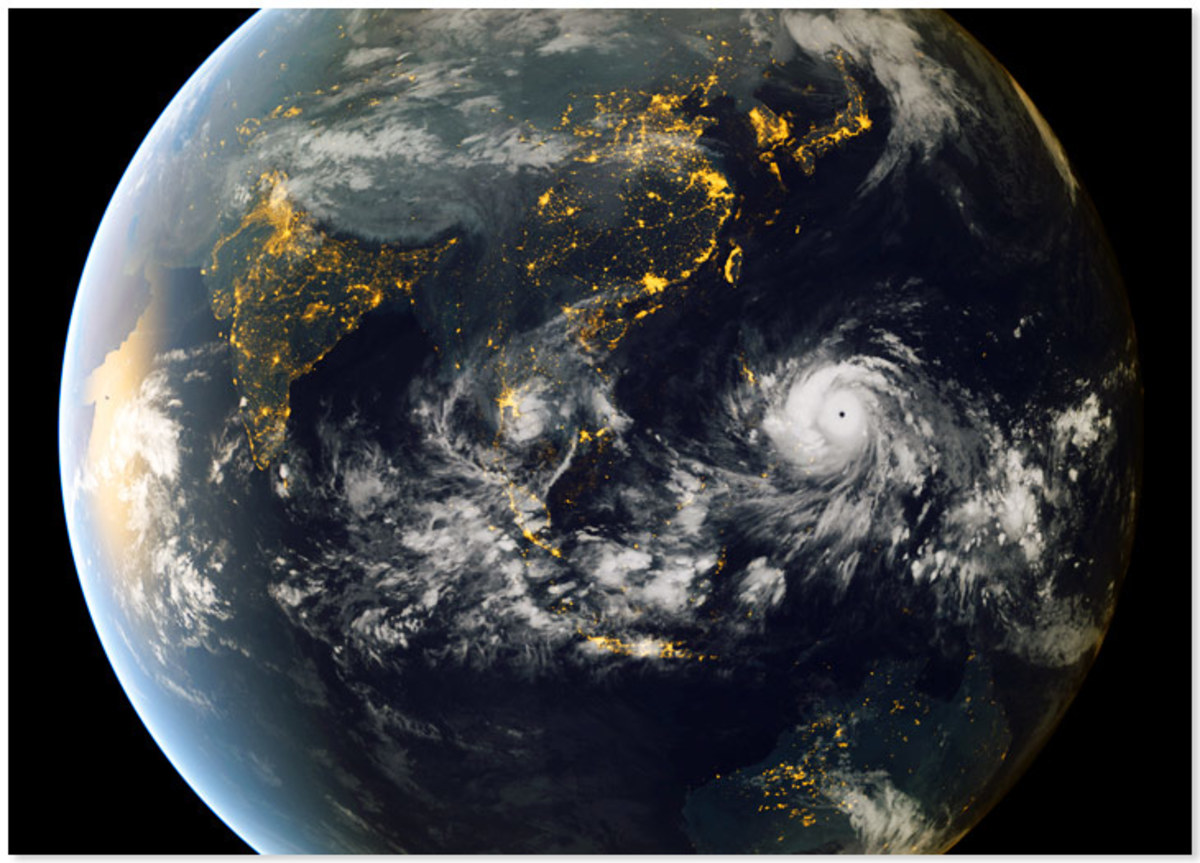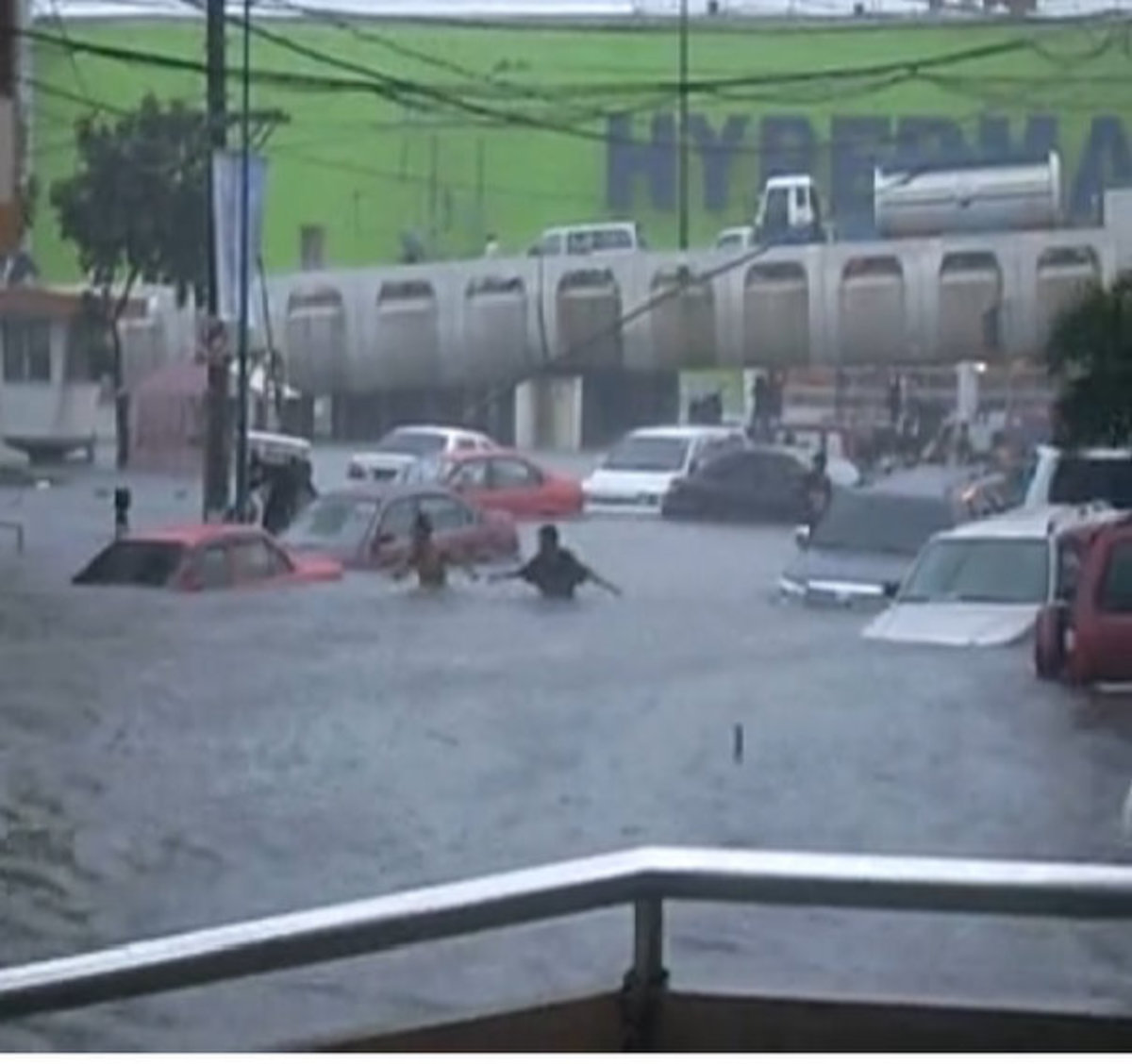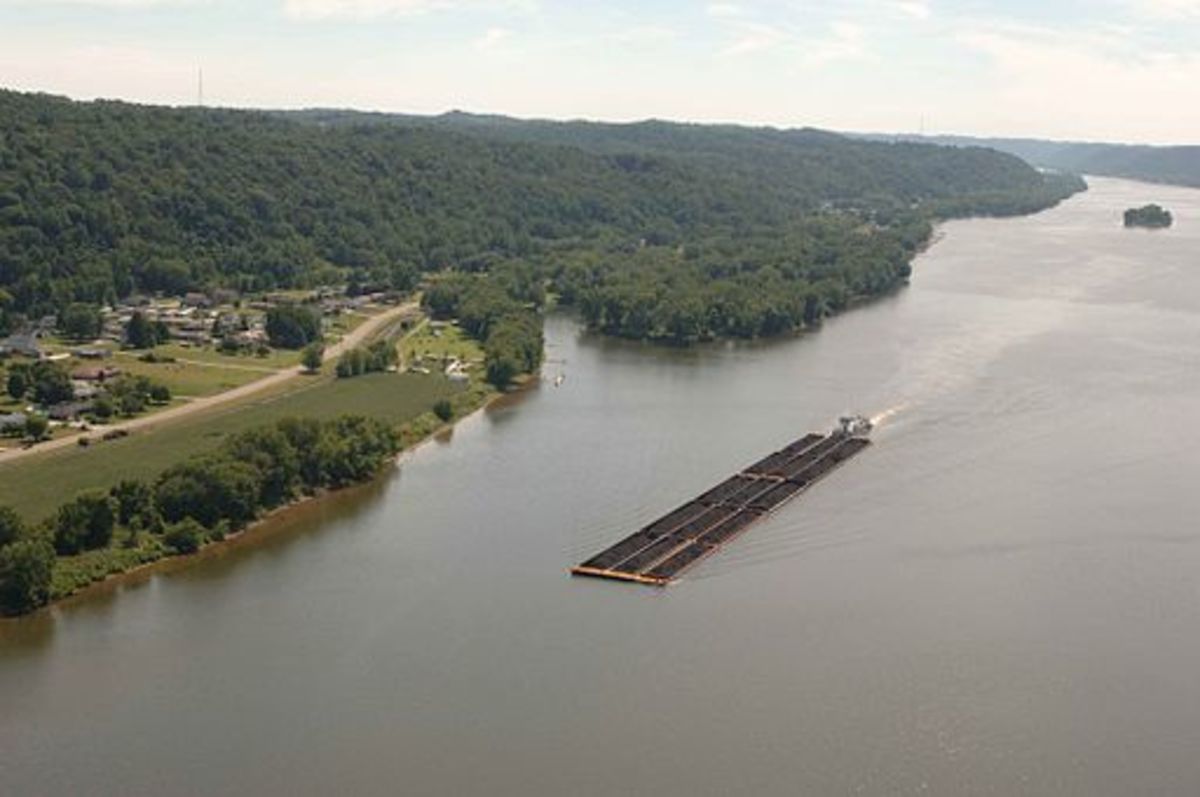Philippine Typhoon Signals
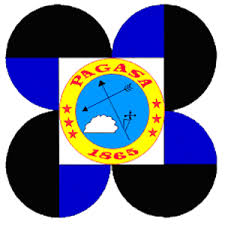
The Agency- PAG ASA
Just recently our country has been devastated by a super typhoon. It has killed many lives and in fact until now, many are still unaccounted for. Damage to properties were also very obvious. The typhoon has created a storm surge that wipe out almost the entire city.
Perhaps it is then important to learn about storm signals so that one can be prepared for such event and by this way, loss of lives can be prevented.
According to PAG ASA, our country is usually visited by an average of 20 plus typhoons every year. PAG ASA stands for Philippine Atmospheric, Geophysical and Astronomical Services Administration. One of the main function of the agency is to maintain a nationwide network pertaining to observation and forecasting of weather and other climatological conditions affecting national safety, welfare and economy.
Important Tips
- It is quite important to monitor for updates for weather disturbance. PAGASA normally provides weather bulletin every 5 am and normally under update in the afternoon of the same time. However, once a tropical storm develops, they may provide updates every 6 hours, every 4 hours or even perhaps every hour depending on the situation.
- Consider having a battery operated radio as power supply may be disrupted and having such will let you monitor even without power.
- Consider having an emergency preparedness kit or disaster preparedness kit at home. For more information of what a disaster kit, click HERE
Storm signals and strength
Signal Number 1
A storm signal number one is expected to arrive within the area within 36 hours from the moment it was forecasted. This will deliver winds of up to 30 to 60 kilometers per hour It is I important to monitor such considering that it may develop into a higher signal. However, storm signals with this strength tend to slow down after hitting lands and mountains.
Signal Number 2
Signal Number 2 is characterized by winds of greater than 60 and up to 100 kilometer per hour and may be expected in at least 24 hours once the bulletin is issued.
Signal Number 3
A tropical cyclone will affect the locality and the winds of greater than 100 up to 185 kilometer per hour may be expected in at least 18 hours.
Signal Number 4
A very intense typhoon will affect the locality. Very strong winds of more than 185 kilometer per hour may be expected in at least 12 hours.

Storm Surge
Aside from the damage created by the wind, one should also consider that strong winds may cause additional problems. One typical problem is possibility of Storm Surge. Storm surge is the rise of water affected by the high winds pushing on the surface of the ocean. When this occurs, the water pile up higher than the ordinary level. This is particularly more dangerous when the storm surge happens on a high tide.
In fact on the latest typhoon that hit our country particularly in Tacloban City, the main cause of death was not the typhoon but rather the storm surge. As of present count, more than 4 thousand people have died and many are still unaccounted for.
.
Actual Event
As I have mentioned, Tacloban City was badly hit by the typhoon and what made it more devastating was the storm surge that happened in the area. Many people died and until now relief operations are ongoing.
It is hard to imagine such storm could create such devastating effect. The picture on below will show you a glimpse of how powerful the typhoon was and how the storm surge affected the area.
As you may see, several ships were even displaced towards the land. It is even believed that until now, several people are still under those ships and have not been recovered yet. Relatives are now asking for the ship owners for help to retrieve the dead bodies.
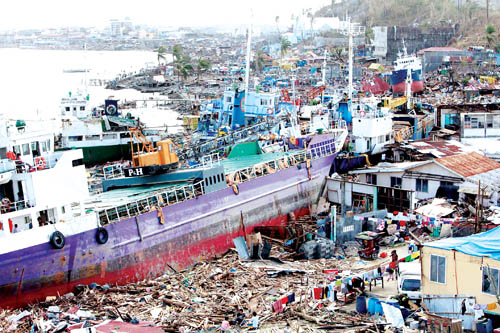
Sources: Signal strength details are from PAGASA
